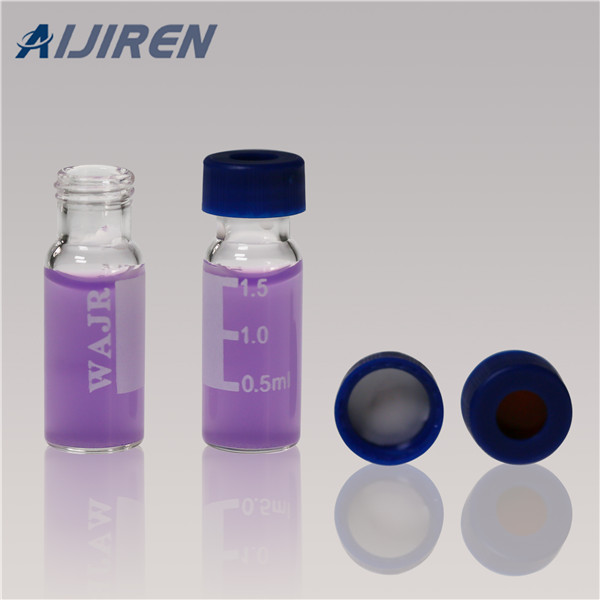



网页List of ethanol production companies, manufacturers and suppliers in Canada
网页2008/12/18 · In addition, we have demonstrated how ethanol could be manufactured from commonly available oil cakes (such as canola, sunflower, sesame, soy, peanut) and dried distiller’s grains with solubles (DDGS). The edible oil cakes and DDGS were hexane extracted, ammonia fiber expansion pretreated, enzymatically hydrolysed and fermented
网页2022/07/01 · Ethanol from lignocellulosic biomass is produced mainly via biochemical routes. The three major steps involved are pretreatment, enzymatic hydrolysis, and fermentation. Biomass is pretreated to improve the accessibility of enzymes. After pretreatment, biomass undergoes enzymatic hydrolysis for conversion of polysaccharides
网页ETBE (ethyl-tertiary-butyl-ether) is a gasoline additive that is manufactured from bioethanol. Average consumption figures for bioethanol production All figures given here are typical
网页Bioethanol production from coconut husk fiber. Ciência Rural, v.46, n.10, out, 2016. 1872 Bioethanol production from coconut husk fiber A produção de bioetanol a partir de fibra de casca de coco Mirelle Márcio SantosI II I
网页Bioethanol summary. Bioethanol can be produced by the fermentation of virtually any source of sugar or starch, the most common sources being sugar cane, corn, wheat and sugarbeet. Bioethanol can either be used in its pure or ‘hydrous’ form in dedicated vehicles, or as an ‘anhydrous’ bioethanol-petrol blend.
网页Ingenza is an industrial biotechnology company with a broad customer base across the chemicals, pharmaceuticals, food, feed and fuel industries. They apply synthetic biology
网页Bioethanol is ethanol (an alcohol) produced through microbial fermentation of carbohydrates from plants or algae (e.g., corn, sugarcane, wheat, lignocellulosic biomass,
网页2012/10/07 · Manufacturing biofuel from agricultural and forestry waste is one of the ways Malaysia is hoping to reduce its share of carbon dioxide emissions. Tapping into the huge pool of agricultural waste, broadly categorised as non-food biomass, appears a logical choice given Malaysias extensive involvement in oil palm and other agricultural activities.
网页The Bioethanol Production Process In bioethanol production, biomass is converted into ethanol by means of fermentation with microorganisms such as yeast and bacteria. The basic steps are 1) fermentation of sugars; 2) distillation;
网页Bioethanol production from date palm fibers: Effect of alkaline hydrogen peroxide pretreatment and fermentation conditions I. Ben Atitallah1,2, I. Ntaikou3, G. Antonopoulou3, C. Bredai4, G. Lyberatos3,5, T. Mechichi2 1Laboratory of Enzyme Engineering and Microbiology, National School of Engineers of Sfax, University of
网页Conversion of extracted oil cake fibers into bioethanol including DDGS, canola, sunflower, sesame, soy, and peanut for integrated biodiesel processing We have come up with a novel, integrated approach for making biodiesel by in
网页Pretreatment, hydrolysis and fermentation were carried out during this study. After fermentation of mixed fruits pulp without sucrose and fruits pulp with sucrose produced 0.67% ethanol and 1.32% ethanol respectively. Thus, the main objective behind this study is to produce bio-ethanol using cheaper substrates.
网页The majority of the bioethanol in the U.S. is made from corn, but it also can be produced from other feedstocks such as agricultural residue, grain sorghum, wheat, barley and potatoes. Bioethanol that is made from non-corn sources is called cellulosic bioethanol. Over 3 billion gallons of annual production Multiple facilities across the Midwest
网页The global bioethanol market was valued at USD 33.61 billion in 2021 and is expected to grow at a CAGR of 14.1% during the forecast period. Bioethanol can be produced from sugar cane molasses, starch crops, crop residues, and other wasted crops. For production, the manufacturers are focusing on agricultural & forest residues and energy crops